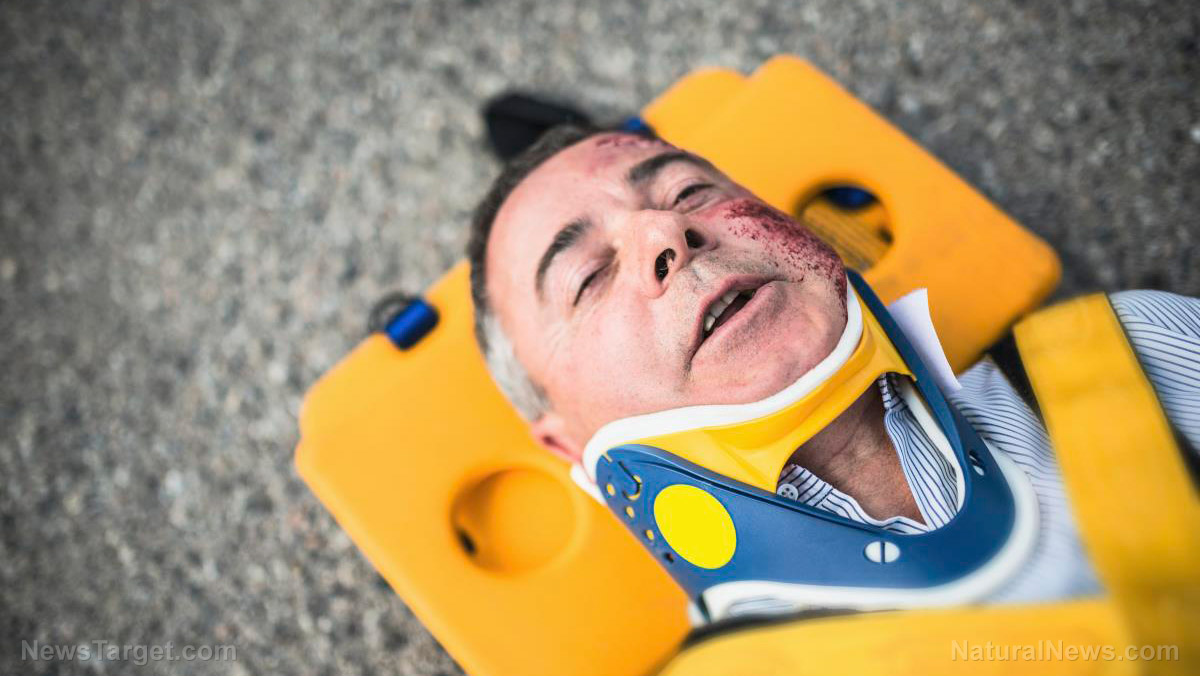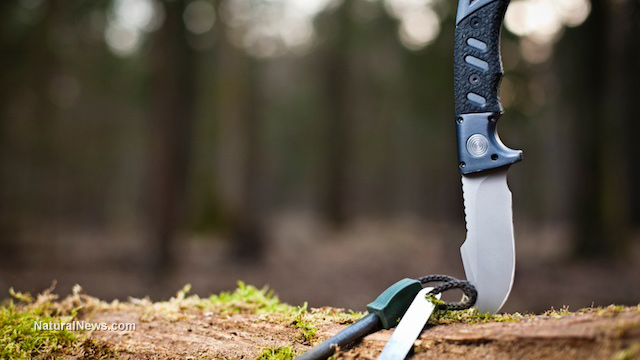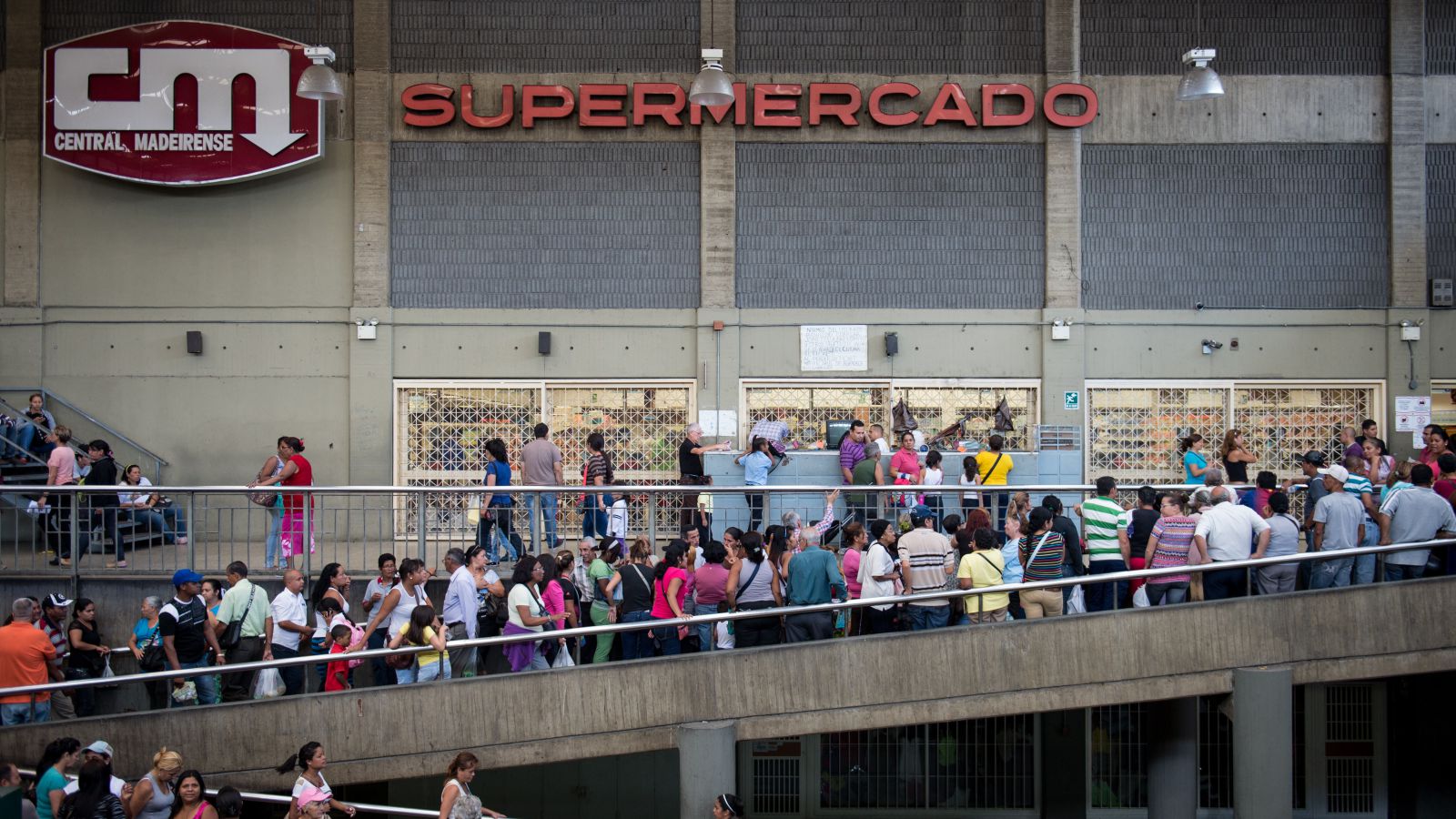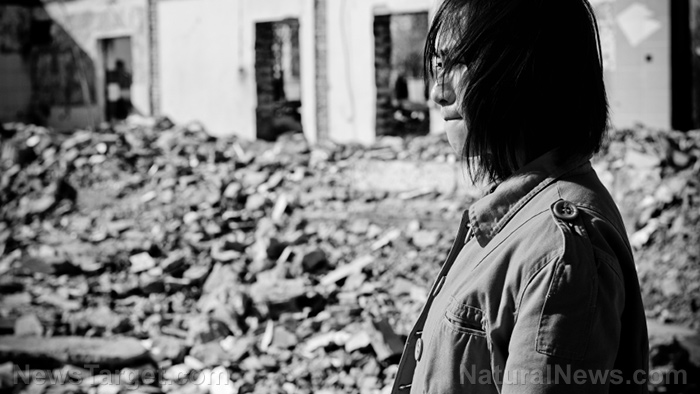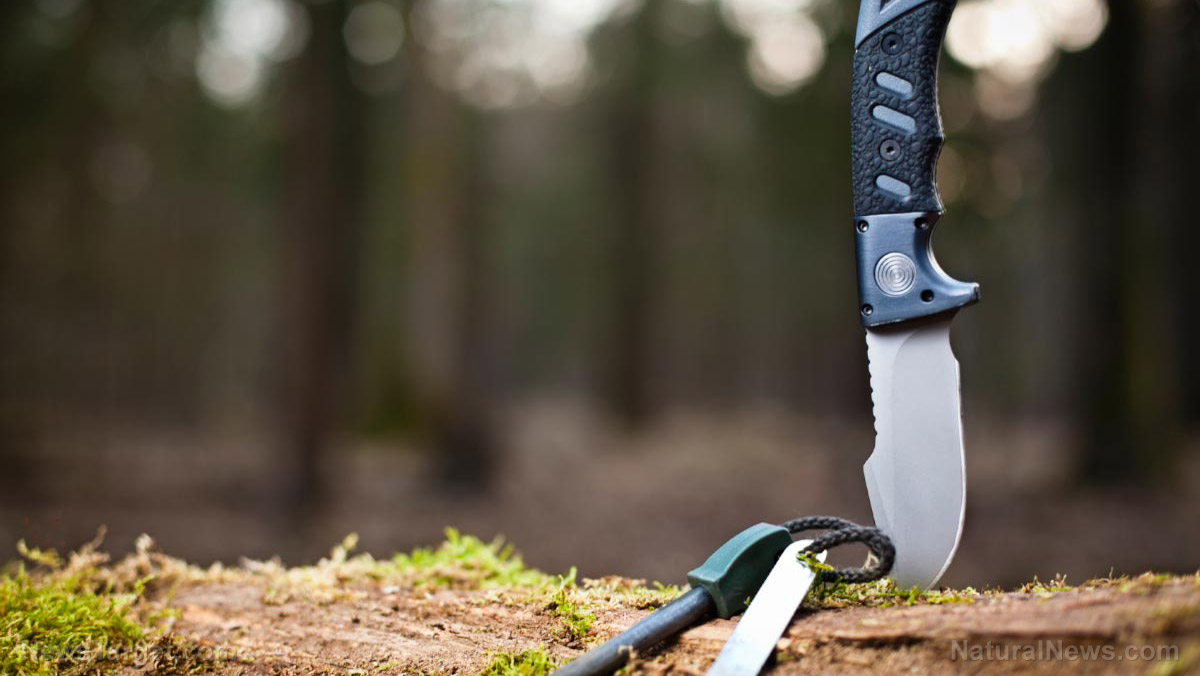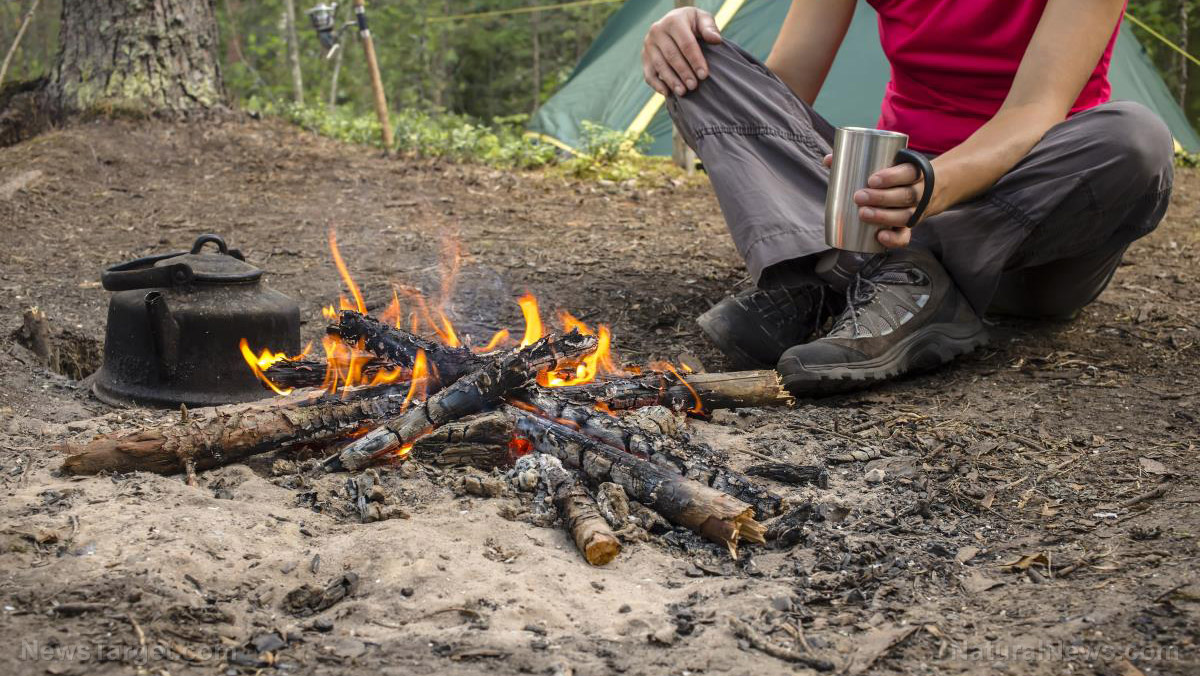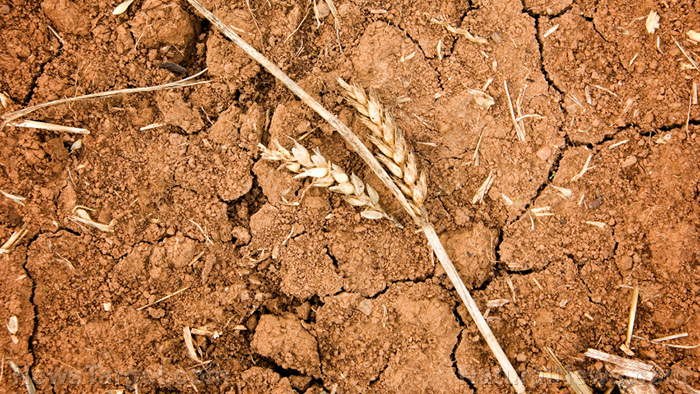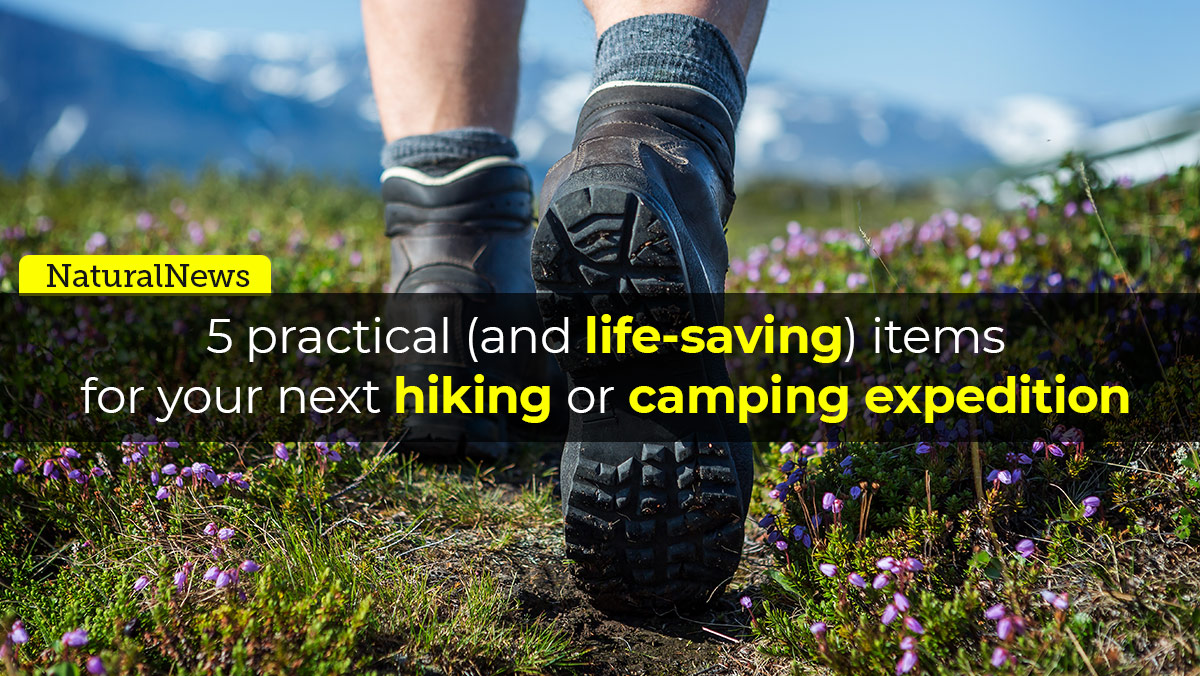Can you survive a gunshot wound? Ten things you need to know
05/07/2018 / By Zoey Sky
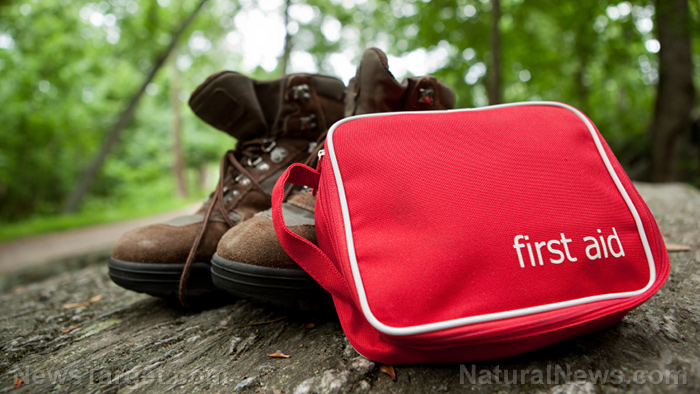
When SHTF, there are many things that you have to prepare for. Aside from ensuring that you have access to enough food and water, you also need to know first aid for different kinds of medical emergencies.
If society breaks down and your chances of getting shot increases, do you or your family members know how to treat a gunshot wound? While you can teach everyone at home about proper gun safety, there’s no telling if your neighbors will be thinking of the same thing. (h/t to Survivopedia.com.)
Ten tips to surviving a gunshot wound
Things you need to consider to help your situation:
(1) Caliber/gauge of the ammo – It’s crucial to know how serious a gun wound is to increase your chances of survival. Whenever possible, take note of the projectile’s weight and rate of speed because these two factors can decide whether you will live or die from a gunshot wound. Estimate the speed a bullet travels by the amount of gunpowder propelling it, along with the weight of the projectile itself. Take note of the projectile size: Smaller bullets are often designed to injure instead of killing targets.
For shotgun ammo, think of where and how multiple projectiles will hit the target. The distance from the target and velocity of travel are crucial to finding out if you can survive being shot with this kind of gun.
(2) Design of the bullet – Depending on the design of the bullet and the gun’s firing speed, the projectile can heat up because of friction between the bullet and the air it’s moving through. Because of this, most high-velocity bullets need a metal jacket to prevent the bullet from getting damaged due to the heat or the initial acceleration. Meanwhile, low-velocity bullets, e.g. full metal jacket (FMJ) ammo for handguns, do far less damage because of the jacket.
There are other bullets with special jackets that let the projectile break apart/expand to do more damage upon impact.
(3) Ballistic vests and protective gear – Ensuring your survival means wearing the proper body armor. Body armor comes in four levels of protection (one to four). The higher the number, the more effective the vest will be at preventing the bullet from hitting you.
To protect yourself from the majority of the ammo being sold on the market today, wear a threat level 3A wrap-around vest with either steel plates or ceramic tiles. You can also wear lighter weight vests and other gear made from newer polymer or composite materials.
If you need protection from high power rifles or assault rifles/machine guns, get a vest covered with overlapping ceramic tiles or steel plates. However, this kind of gear is impractical since it can be heavy and hot to wear, and greatly impairs mobility.
(4) High- vs. low-velocity bullet wounds – Both high- and low-velocity bullets may cause severe tissue damage. While most military style bullets are designed to stay intact after impact, this isn’t the case with hunting or self-defense bullets which have a tendency to fragment inside the body and cause the target a lot of pain.
Low-velocity bullet wounds may be easier to treat since the bullet doesn’t draw in debris from outside the body and into the wound as it passes through the tissue. When the bullet hits bones and breaks them, a major blood vessel, or a critical part of an organ, treating the injury will be more challenging.
High-velocity bullet wounds may be more dangerous since debris from outside the body might be deposited inside the body and the exit wound. The debris may cause anaerobic infections, gaseous gangrene, or tetanus.
(5) Shot placement – The definition for “shot placement” includes the distance between the gun and the target, and where the bullet hits the target. Being shot in the hand or foot is not that lethal regardless of the gun type, firing rate, number of bullets in the magazine, or ammo type.
(6) Gunshot wound characteristics – Regardless whether a bullet is lethal or not, the injury’s location will be crucial to determining the target’s survival. (Related: Surviving a gunshot wound: What to do if you get shot.)
Most gunshots to the head are fatal, but there have been cases of people surviving a shot in the head. However, survivors often deal with traumatic brain injury and its impact on their quality of life.
Depending on how the bullet enters the skull, the force behind the projectile may affect the opposite side of the skull and increase the amount of damage to brain tissue.
If the individual is shot in the face, they may suffer severe damage to the eyes, mouth or nose. Damage to any of these areas may be fatal or non-fatal, depending on the area damaged and the extent of their injuries.
When shot in the neck, an individual may suffer from spinal injuries or damage to veins or arteries. Even if spinal injuries don’t cause death, they may cause permanent paralysis. Damage to arteries or veins in the neck may also cause severe blood loss. Even if you survive this kind of injury, you may still suffer from brain damage.
When shot in the heart, severe damage may cause death from blood loss. You could survive minor damage to the heart and lungs as long as you receive medical attention immediately.
Remember that wearing a bulletproof vest doesn’t ensure 100 percent survival. In fact, if the bullet is heavy enough and it hits you over the heart, the force or pressure may still cause damage to your heart.
Heavy damage to the intestines, kidneys, liver, spleen, or stomach may also be fatal. If a bullet hits these organs, they may rip and tear. If the wounds don’t directly cause death, the target may still suffer from severe secondary infections. Perforations of the large intestine are the most dangerous because infections in the open wounds may be contaminated with fecal materials.
Gunshot wounds in the arms and legs are not fatal, unless the bullet tears and rips arteries or veins and cause severe blood loss. The majority of non-fatal injuries to the limbs include broken bones, nerve damage and tendon damage.
(7) The victim’s physical and mental status – If the victim is in good physical and mental condition, their chances of survival are higher unless they’re hit in a major organ. Fight through the pain, and think of your loved ones. Concentrate on your strength and the will to survive.
(8) Number of times the victim was shot – If a victim was shot multiple times, it’s possible that one or more bullets will hit a vital organ. Even if most of the bullets have a non-lethal placement, the victim may still bleed to death.
(9) The length of time between the shooting and waiting for medical help – Time is crucial if you get shot. A lethal shot that damages any vital part can cause death within minutes because of extreme blood loss.
Stopping the bleeding or slowing it down should be a priority. Watch out for any swelling, skin discoloration, and other signs of hemorrhaging.
Apply tourniquets high and tight on the limb where the victim was shot, put direct pressure over the wound, or use other methods to help stop the bleeding. Don’t try to remove the bullet on your own because this can make the wound bleed again.
(10) The type of ground the victim lands on – Even where you land after being shot can decide whether you live or die, regardless of if the wound is lethal or not.
- If the victim has non-lethal injuries and lands on dry dirt, grass, low-growing vines, rocks, or woodlands, they might survive since there is a reduced risk of secondary infection.
- If the victim falls into a somewhat shallow body of water (either fresh or saltwater), there is a high risk of a secondary infection, especially if the water is polluted.
- If the victim falls into either polluted or semi-clean deep water, there is a high chance that they will drown before rescue. Water will flow into the wound, increasing the body weight and causing the body to sink quicker. Water entering bullet holes in the lungs or throat may immediately cause death.
While being shot can be traumatic, keeping calm can increase your chances of survival. Even if many factors are beyond your control, you must focus on surviving.
Staying alert and knowing how to avoid being shot in the first place is your best bet at surviving a shooting incident.
You can read more articles about what to do during medical emergencies when SHTF at Preparedness.news.
Sources include:
Tagged Under: bug out, Collapse, defense, disaster, first aid, Gear, gun safety, guns, gunshot wounds, off grid, preparedness, preparedness and survival, prepper, prepping, security, shooting, SHTF, survival, survival skills, wound care, wounds

